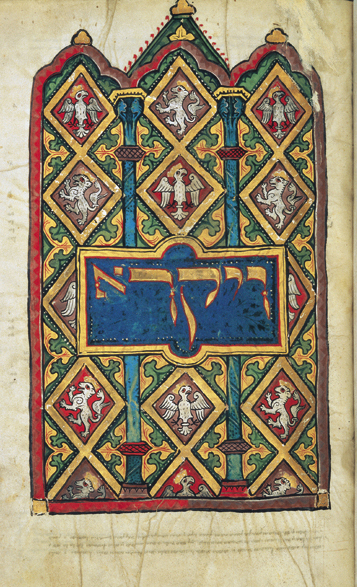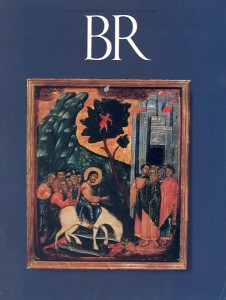
Reading an introduction to biblical criticism, a beginning student might well think he or she is peering into a bowl of alphabet soup—or perhaps perusing a catalogue of foundations and corporations. Letters are all over the place, especially J, E, P, D, H and R. Occasionally there is even a K, L, N, Q or S. At times the letters stick together, yielding Rje or Pa or Pb or Pg or Ps or Pss. To explain these letters, a musically minded instructor might take a cue from Julie Andrews: “When we read we begin with A-B-C; but the critic starts with J-E-D, J-E-D, J-E-D-H-R and P!”
As readers of Bible Review know, these letters designate the various literary components making up the Five Books of Moses. The letters are the first initials of names given to the authors or literary circles that produced these components, such as J(ahwist), E(lohist), D(euteronomist), P(riestly source), H(oliness code) and R(edactor). The rarer letters are those used by individual scholars who think they have detected additional authors or literary strata within the major components.
The skeptical student might object: “I read the Pentateuch from ‘In the beginning’ to the death of Moses, and I didn’t see these letters. I zipped right through all 187 chapters with no difficulty, so what makes you think the Pentateuch was written by several authors?”
But slow down for a moment, read carefully and pay more attention to the text! Start over again, and look for sense and consistency.
Already a library member? Log in here.
Institution user? Log in with your IP address.

